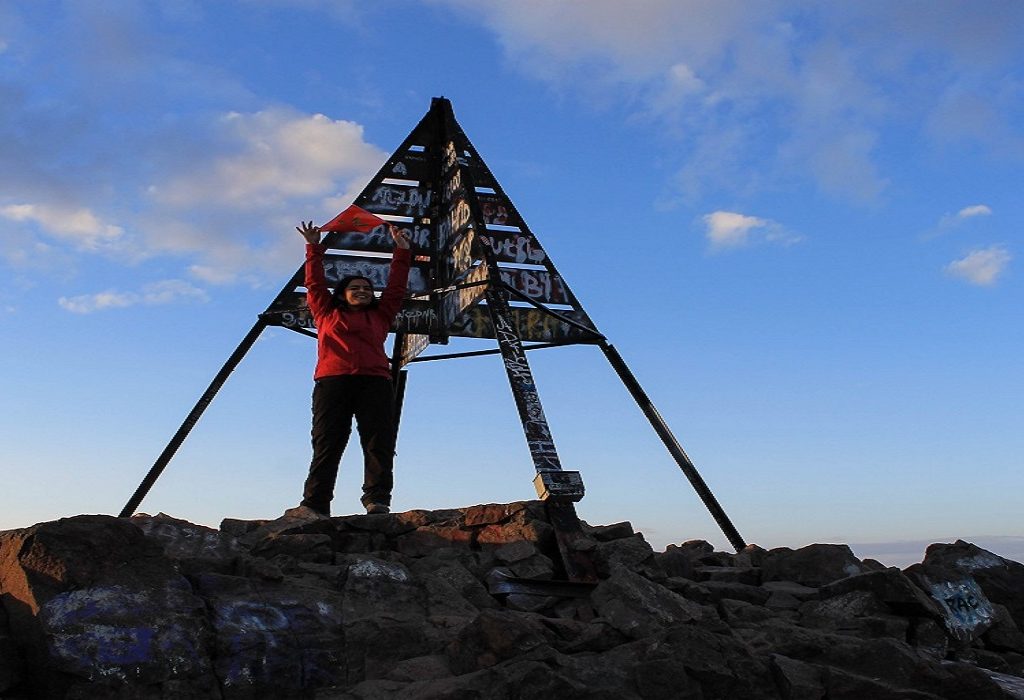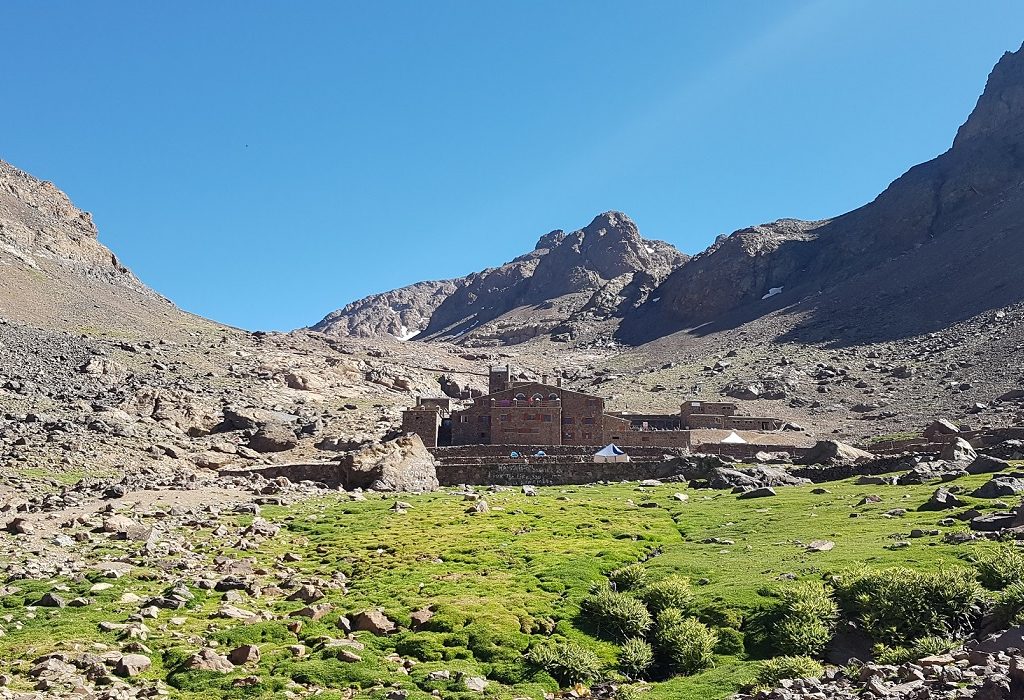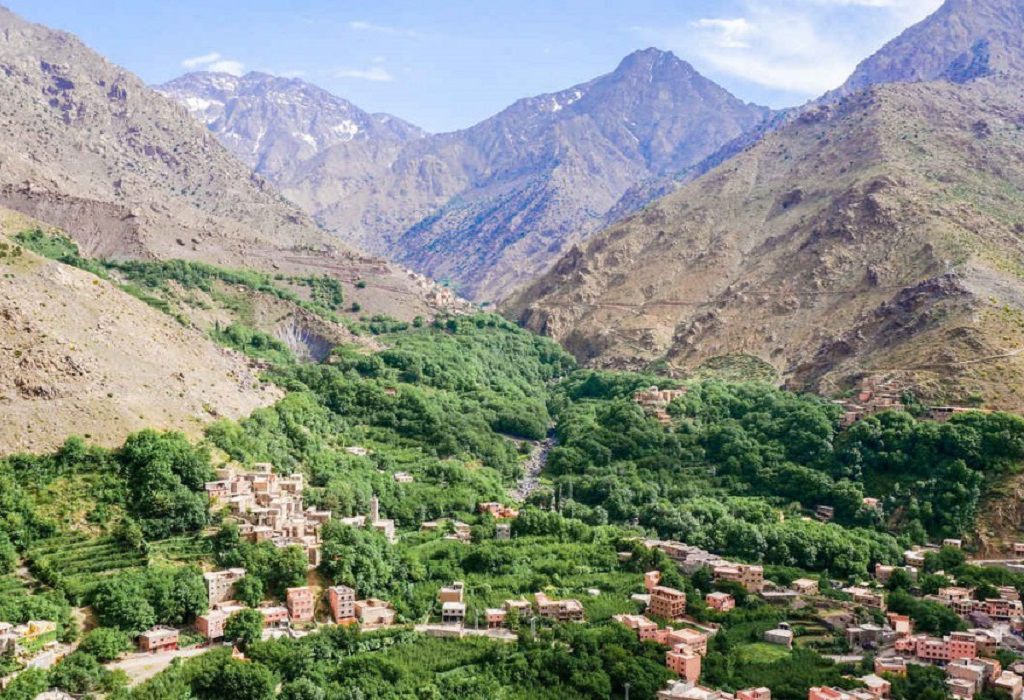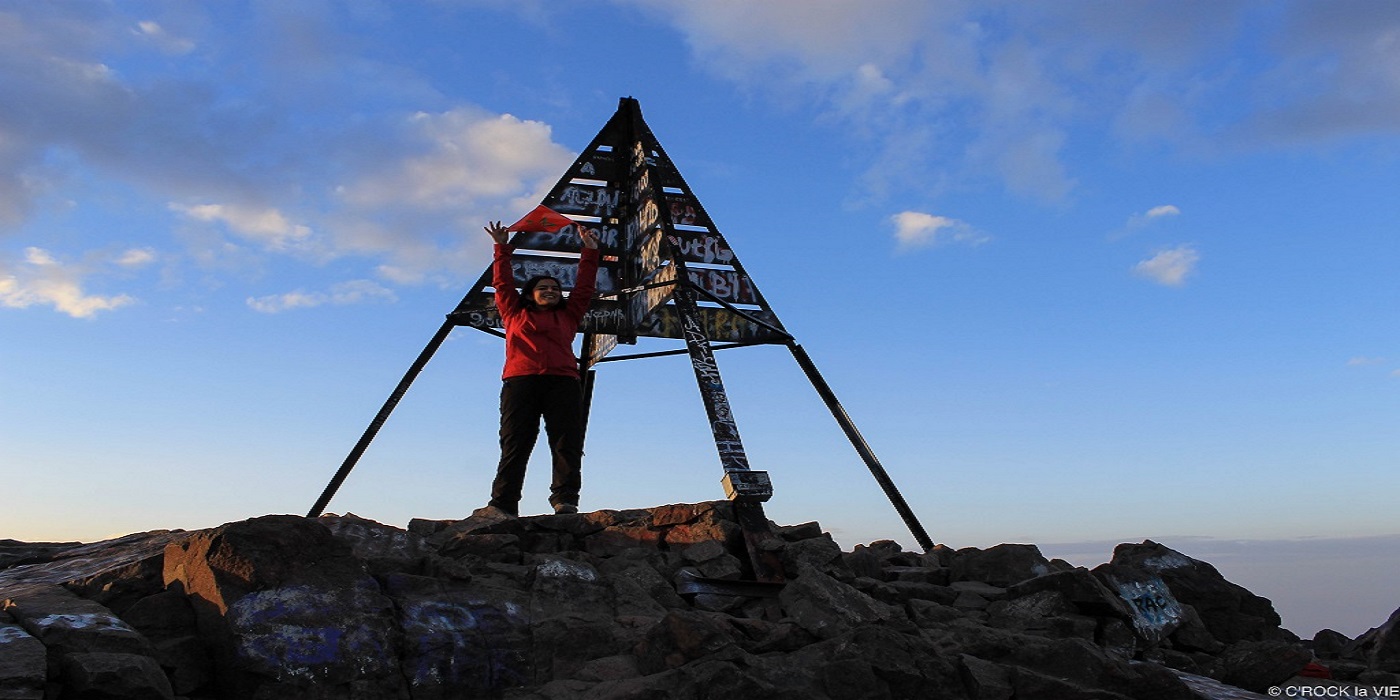
Climbing Mount Toubkal things you need to know.
Climbing Mount Toubkal things you need to know.
As it only requires a long weekend to achieve, climbing Morocco’s Mount Toubkal is a great way to start your mountaineering journey. Get all the information you want prior to your trek to Mount Toubkal’s top pyramid.
Summiting Mount Toubkal in Morocco offers a very different experience in comparison to climbing the European Alps. Enjoy delicious Moroccan cuisine, beautiful mountain landscapes and warmer climates as you ascend this iconic mountain.
Mount Toubkal is the most famus mountain in northAfrica in general
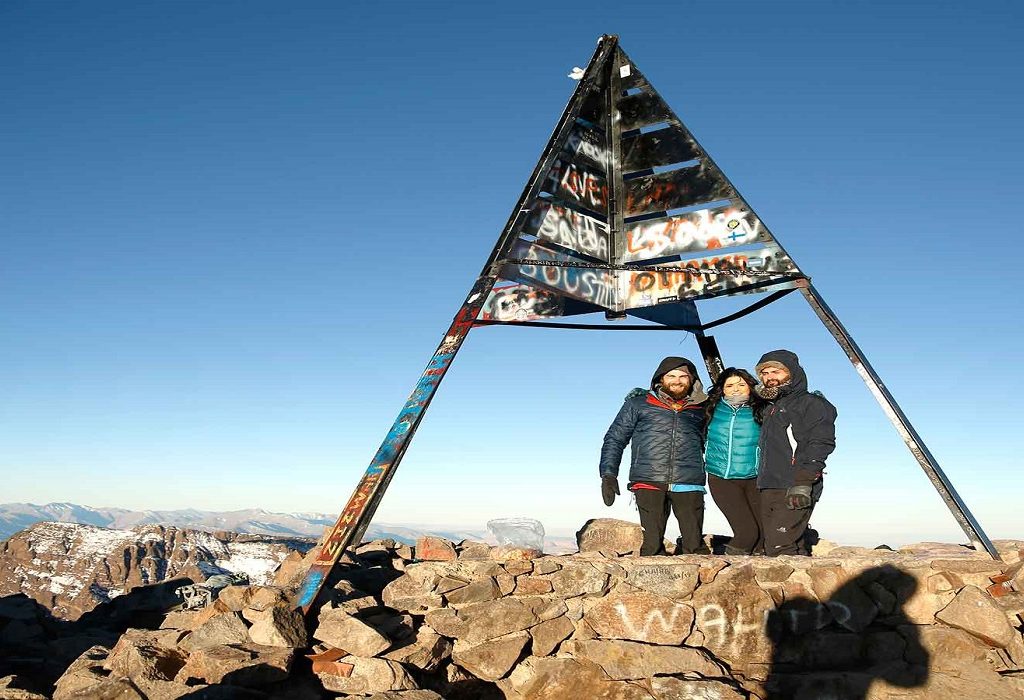
As it only requires a long weekend to achieve, climbing Morocco’s Mount Toubkal is a great way to start your mountaineering journey. Get all the information you want prior to your trek to Jebel Toubkal’s top pyramid.
Summiting Jebel Toubkal in Morocco offers a very different experience in comparison to climbing the European Alps. Enjoy delicious Moroccan cuisine, beautiful mountain landscapes and warmer climates as you ascend this iconic mountain.
How tall is Mount Toubkal?
North Africa’s tallest peak is Mount Toubkal, sometimes referred to as Jebel Toubkal, and it is 4,167 meters high. This famous mountain in Morocco’s High Atlas Mountain range offers a strenuous but rewarding climb that is ideal for casual walkers with a moderate level of fitness. It goes without saying that this climb will be more difficult at Mount Toubkal’s elevation because there is about 40% less oxygen there than at sea level. However, your knowledgeable local guide will make sure you have enough food and keep the walk’s tempo steady so you can acclimatize and have the best chance of reaching the peak.
How long does the ascent of Mount Toubkal take?
Two days are all that are required for the ascent of Mount Toubkal, with the first day being primarily spent walking. The first leg of the walk takes around 5 hours. During that time, we’ll go 11 kilometers on mule tracks that zigzag up into a rocky valley and into looming peaks covered in snow on the horizon. Our target is the Neltner Refuge at 3,207m at the foot of Toubkal, where we will take a well-deserved break, gather around a wood-burning stove to swap stories with other climbers from across the world, and acclimate to the altitude before setting off early the next morning towards the summit.
What is the weather like on Mount Toubkal?
Mount Toubkal, which is in Morocco, is frequently regarded as a popular trekking location. While Marrakech will see temperatures between 28°C to 37°C during the trekking season, the High Atlas Mountain valleys are normally cooler, especially as you hike higher. Clear, blue skies and little to no rain characterize the weather, although as you ascend, clouds of mist can roll in over the mountains. The overnight lows in winter can be as low as -5°C, but on Mount Toubkal in July, they typically stay over 10°C.
What should I pack to hike up Mount Toubkal?
To make the most of your Mount Toubkal trek, make sure you’re well prepared. The weather can change in an instant up in the mountains so pack layers of moisture-wicking clothing that you can easily add or remove depending on the conditions.
Temperatures tend to drop dramatically at night, so a warm fleece, a good-quality down jacket and a wind and waterproof shell jacket are essential. We recommend bringing some breathable walking trousers rather than jeans, and on summit day, you’ll also need a warm hat, scarf, waterproof/windproof gloves and a head torch for the pre-sunrise trek.
For your feet, we suggest walking boots with ankle support paired with liner socks under a pair of reasonably thick loop stitch socks. Good-quality sunglasses or ski goggles will protect your eyes from glare at high altitudes and make sure you use a high-factor sunscreen.
A high-quality sleeping bag is an absolute must, whatever the time of year you visit Mount Toubkal. A 3-season sleeping bag is recommended June – August and a 4-season one in May, September and October. A silk or fleece liner is also useful. Bring a refillable water bottle and make sure you pack for any special dietary requirements that you may have. We won’t have electricity at some of the stopovers, so bring a power bank to charge your phone or camera, and you might want some extra batteries for your torch. Finally, take a 20-30 liter backpack to carry everything you need during each leg of the hike. The rest of your kit will be carried up to the next camp by our team vehicles or mules.

Mount Toubkal Ascent 
Mount Toubkal Ascent 
Toubkal Refuge 
Mount Toubkal from Imlil


